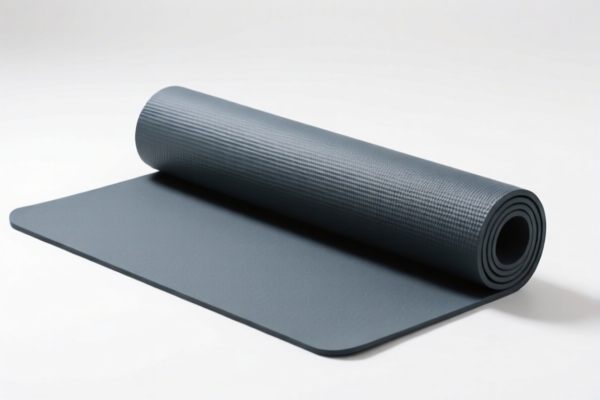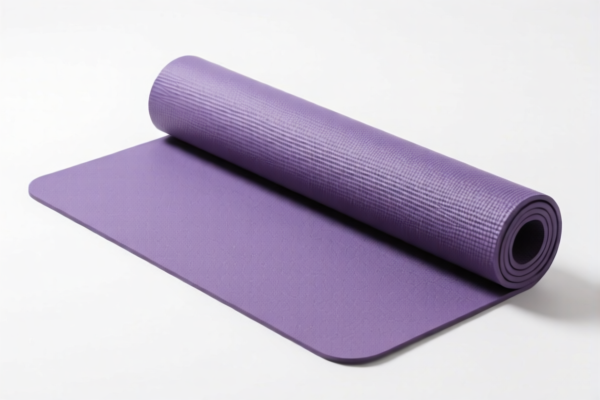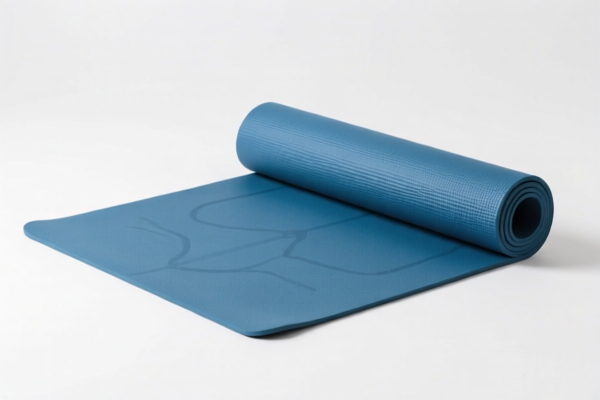| HS Code | Official Doc | Tariff Rate | Origin | Destination | Effective Date |
|---|---|---|---|---|---|
| 9506996080 | Doc | 41.5% | CN | US | 2025-05-12 |
| 4016990500 | Doc | 40.9% | CN | US | 2025-05-12 |
| 9506910030 | Doc | 42.1% | CN | US | 2025-05-12 |
| 4016100000 | Doc | 55.0% | CN | US | 2025-05-12 |
| 6306404900 | Doc | 41.2% | CN | US | 2025-05-12 |




Here is the classification and tariff information for yoga mats based on the provided HS codes. This information is crucial for customs compliance and cost estimation.
📌 HS CODE: 9506996080
Product: General yoga training mat
Summary: Belongs to Chapter 95, "Sports and Gymnastics Equipment"
Total Tax Rate: 41.5%
Tax Details:
- Base Tariff: 4.0%
- Additional Tariff: 7.5%
- After April 11, 2025: Additional tariff of 30.0%
- Steel/Aluminum Products: Additional tariff of 50%
Proactive Advice:
- Verify if the product contains steel or aluminum components.
- Confirm the material composition to ensure correct classification.
📌 HS CODE: 4016990500
Product: Rubber yoga mat
Summary: Belongs to other vulcanized rubber products (excluding hard rubber), used for household purposes
Total Tax Rate: 40.9%
Tax Details:
- Base Tariff: 3.4%
- Additional Tariff: 7.5%
- After April 11, 2025: Additional tariff of 30.0%
Proactive Advice:
- Ensure the product is made of vulcanized rubber and not hard rubber.
- Check if it is intended for household use.
📌 HS CODE: 9506910030
Product: General fitness mat
Summary: Belongs to general sports, gymnastics, or athletics equipment
Total Tax Rate: 42.1%
Tax Details:
- Base Tariff: 4.6%
- Additional Tariff: 7.5%
- After April 11, 2025: Additional tariff of 30.0%
- Steel/Aluminum Products: Additional tariff of 50%
Proactive Advice:
- Confirm if the mat is made of steel or aluminum.
- Ensure it is not classified under a different chapter (e.g., 40 or 56).
📌 HS CODE: 4016100000
Product: Fitness mat made of vulcanized rubber (non-hard)
Total Tax Rate: 55.0%
Tax Details:
- Base Tariff: 0.0%
- Additional Tariff: 25.0%
- After April 11, 2025: Additional tariff of 30.0%
Proactive Advice:
- Confirm the product is not made of hard rubber.
- This code applies only to non-hard rubber products.
📌 HS CODE: 4008111000
Product: Natural rubber yoga mat
Total Tax Rate: 55.0%
Tax Details:
- Base Tariff: 0.0%
- Additional Tariff: 25.0%
- After April 11, 2025: Additional tariff of 30.0%
Proactive Advice:
- Ensure the product is made of natural rubber and not synthetic.
- This code is specific to natural rubber sheets, not finished products.
📌 HS CODE: 4503906000
Product: Yoga mat made of natural cork
Total Tax Rate: 69.0%
Tax Details:
- Base Tariff: 14.0%
- Additional Tariff: 25.0%
- After April 11, 2025: Additional tariff of 30.0%
Proactive Advice:
- Confirm the material is natural cork.
- This code is specific to cork products, not rubber or synthetic materials.
📌 HS CODE: 5603941090
Product: Non-woven fabric yoga mat
Total Tax Rate: 55.0%
Tax Details:
- Base Tariff: 0.0%
- Additional Tariff: 25.0%
- After April 11, 2025: Additional tariff of 30.0%
Proactive Advice:
- Ensure the product is made of non-woven fabric.
- This code applies to floor coverings or underlays, not sports equipment.
📌 HS CODE: 6306404900
Product: Inflatable yoga mat (tent or camping use)
Total Tax Rate: 41.2%
Tax Details:
- Base Tariff: 3.7%
- Additional Tariff: 7.5%
- After April 11, 2025: Additional tariff of 30.0%
Proactive Advice:
- Confirm if the product is intended for camping or tent use.
- This code may not apply if the product is primarily for yoga.
📌 HS CODE: 4016950000
Product: Inflatable fitness mat (non-hard rubber)
Total Tax Rate: 41.7%
Tax Details:
- Base Tariff: 4.2%
- Additional Tariff: 7.5%
- After April 11, 2025: Additional tariff of 30.0%
Proactive Advice:
- Ensure the product is made of non-hard rubber.
- This code applies to inflatable products, not solid rubber mats.
📌 Key Notes for All Products:
- April 11, 2025 Special Tariff: All products are subject to an additional 30.0% tariff after this date.
- Steel/Aluminum Products: If your product contains steel or aluminum, an additional 50% tariff may apply.
- Certifications: Ensure your product meets any required certifications (e.g., safety, environmental, or import compliance).
- Material Verification: Always verify the material composition and intended use to avoid misclassification.
Let me know if you need help determining the correct HS code based on your product specifications.
Customer Reviews
No reviews yet.